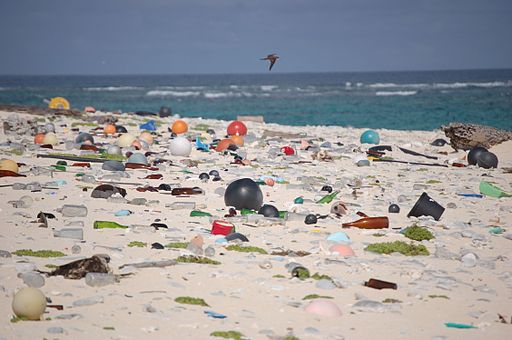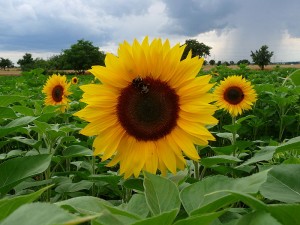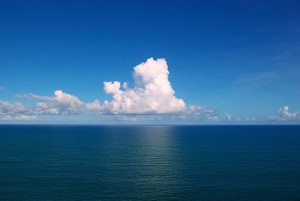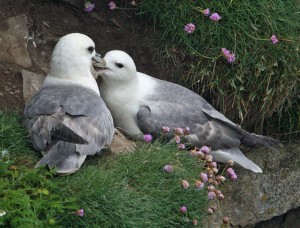Marine Debris Affects Hundreds of Species
The most comprehensive study on the impact of marine debris in more than a decade has recently been published.
 Image: By U.S. Fish and Wildlife Service Headquarters [CC BY 2.0 (http://creativecommons.org/licenses/by/2.0)], via Wikimedia Commons
Image: By U.S. Fish and Wildlife Service Headquarters [CC BY 2.0 (http://creativecommons.org/licenses/by/2.0)], via Wikimedia Commons
The most comprehensive study on the impact of marine debris in more than a decade has recently been published. Researchers at Plymouth University found that a total of 693 species have been documented as having encountered man-made debris such as plastic and glass. In the past five decades 44,000 animals and organisms throughout the world have been affected.
The study, published in Marine Pollution Bulletin, presents evidence collected from a wide variety of sources on instances of entanglement, ingestion, physical damage to ecosystems and rafting (where species are transported by debris). Plastic accounted for nearly 92% of cases, and 17% of all species involved ranged from near threatened to critically endangered on the IUCN Red List, such as the Hawaiian monk seal, the loggerhead turtle and the sooty shearwater.
Lead author Sarah Gall says: “The impact of debris on marine life is of particular concern, and effects can be wide reaching, with the consequence of ingestion and entanglement considered to be harmful. Reports in the literature began in the 1960s with fatalities being well documented for birds, turtles, fish and marine mammals.”
Of the 693 species affected, nearly 400 suffered from either entanglement or ingestion. Although incidents occurred all over the world, they were most commonly reported off the east and west coasts of North America, as well as Australia and Europe.
Plastic rope and netting was responsible for the majority of entanglements, mostly affecting northern right whales, loggerhead and hawksbill turtles, and northern fulmars. Entanglement can lead to serious injuries or death. Plastic fragments were the highest recorded substance for ingestion. Species worst affected include Californian sea lions, Atlantic puffins, greater shearwaters and the Laysan albatross. These animals either mistake bits of plastic for food, or ingest it indirectly through their prey. The result is the production of ulcers or infections. Alternatively, plastic can obstruct the stomach or intestine, causing starvation and death.
“We found that all known species of sea turtle, and more than half of all species of marine mammal and seabird had been affected by marine debris — and that number has risen since the last major study. And in nearly 80 per cent of entanglement cases this had resulted in direct harm or death,” said Gall.
Only 4% of cases involving ingestion were known to have caused harm, but the authors note that further study of sub-lethal impacts are needed, especially concerning the impact on metabolism and reproduction. Co-author Professor Richard Thompson is one of the world’s leading experts on microplastics in the marine environment. He said: “Encounters with marine debris are of particular concern for species that are recognised to be threatened, and with 17 per cent of all species reported in the paper as near threatened, vulnerable, endangered or critically endangered on the IUCN Red List, it is evident that marine debris may be contributing to the potential for species extinction.”
With 9 million tons of plastic expected to end up at sea this year, and the figure likely to increase tenfold over the next decade, the threat to marine life is set to rise.





No comments yet.